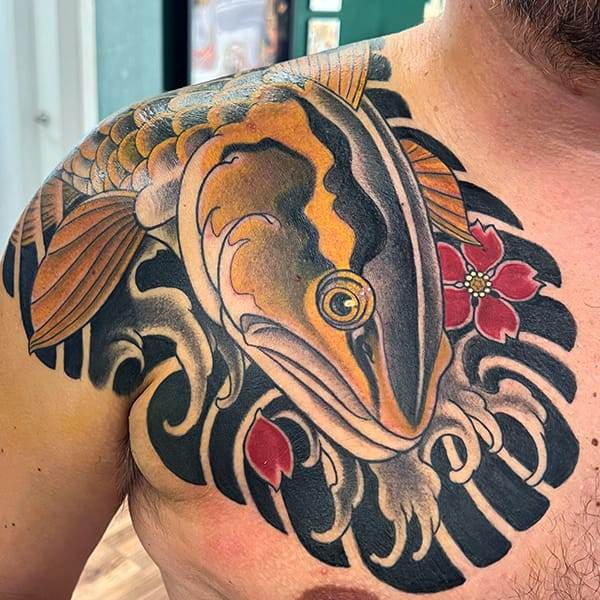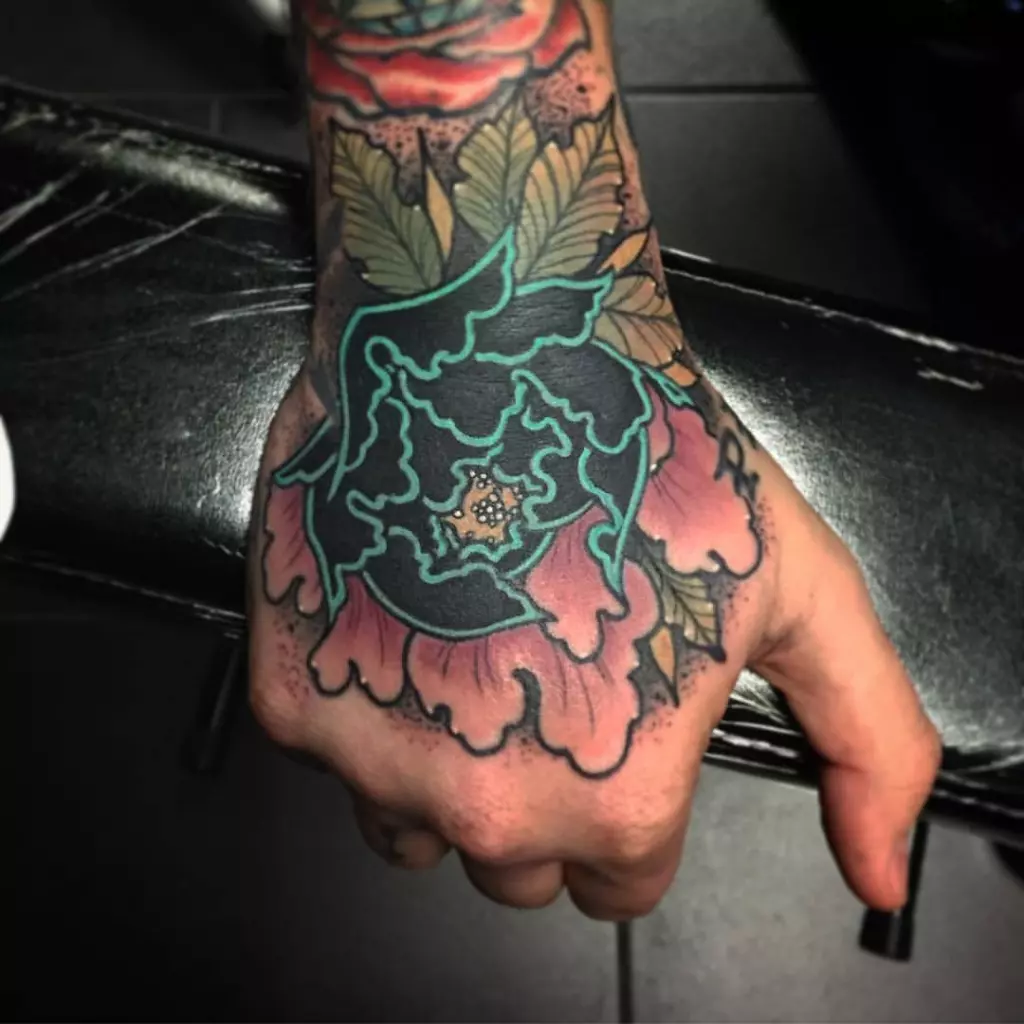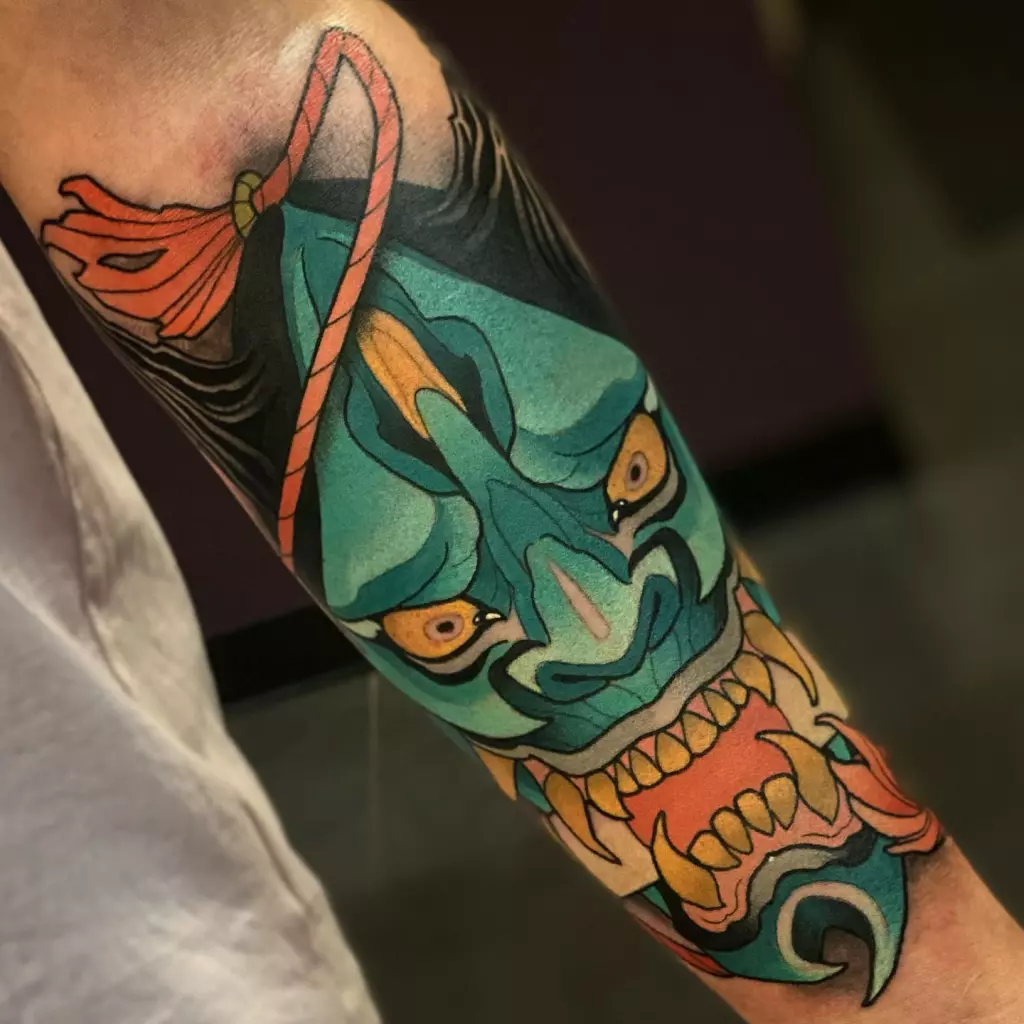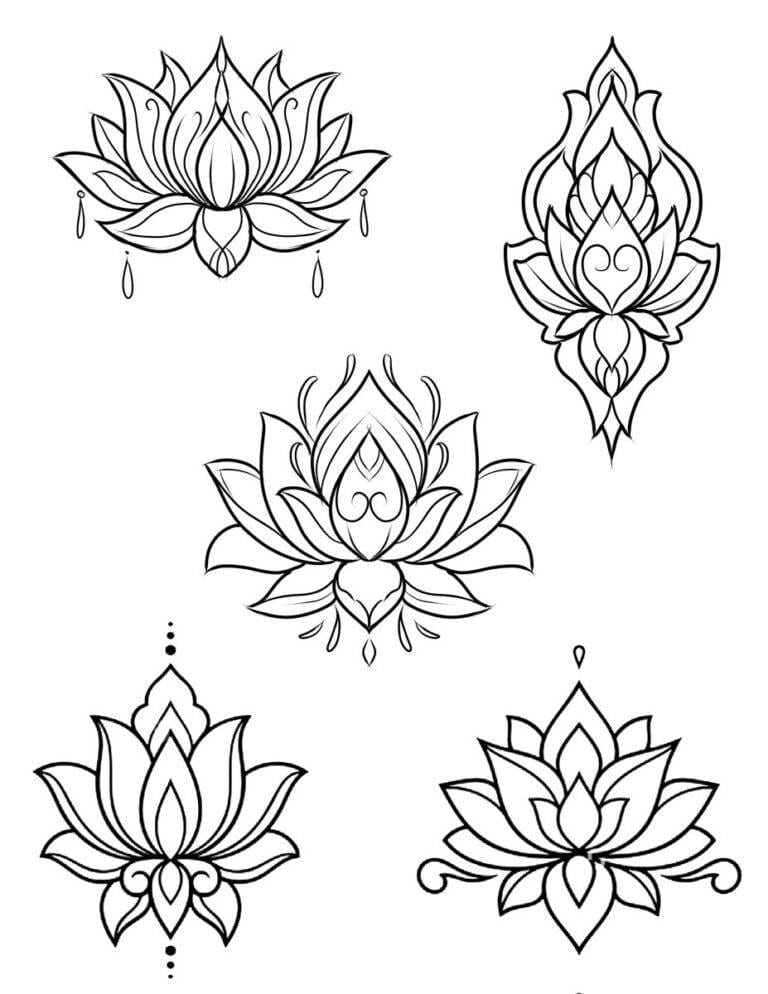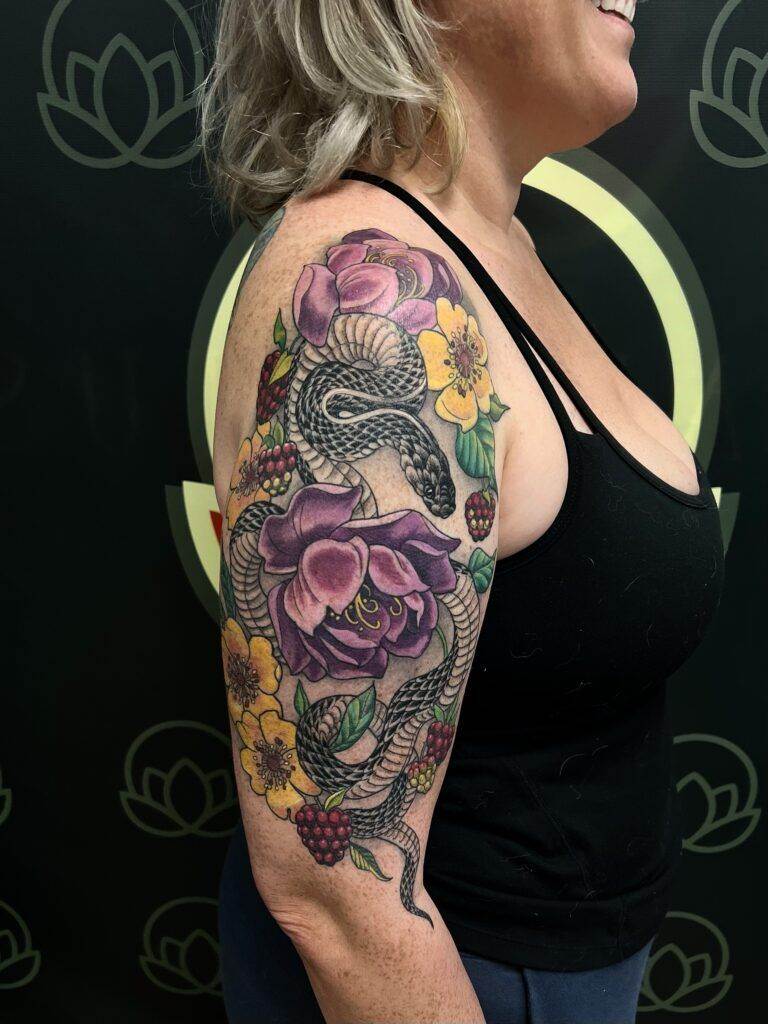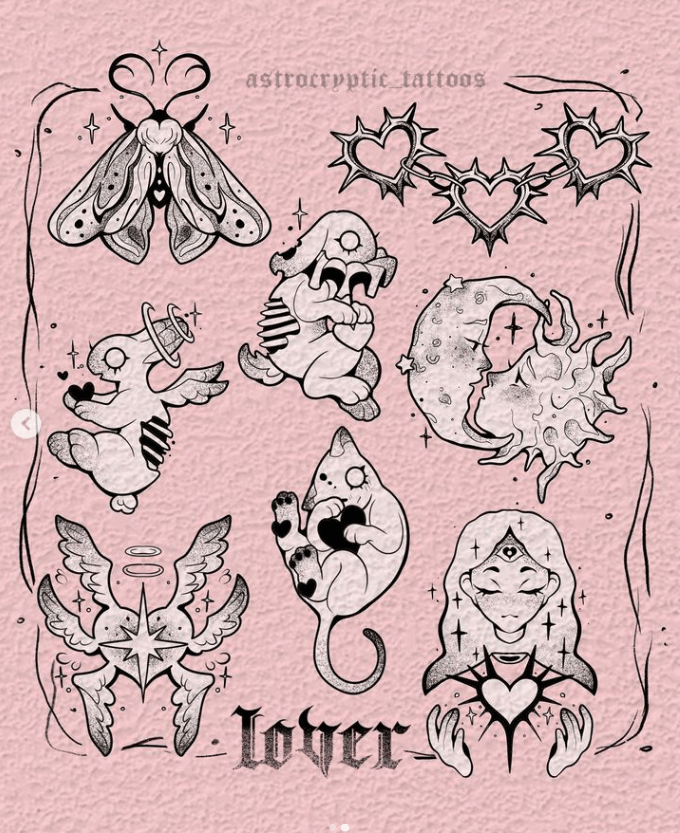Japanese tattooing, also known as irezumi, has a long and rich history that dates back thousands of years. The art of tattooing in Japan can be traced back to the Jomon period, which lasted from 10,000 BCE to 300 BCE. During this time, tattoos were used for spiritual and decorative purposes, with designs often depicting animals and natural elements.
However, it was during the Edo period (1603-1868) that Japanese tattooing truly flourished. Tattoos became a popular form of body art among the working class, particularly among firefighters and laborers. These tattoos were often large and intricate, covering the entire body and featuring traditional Japanese motifs such as dragons, koi fish, and cherry blossoms.
The cultural significance of tattoos in Japan cannot be understated. In Japanese society, tattoos have traditionally been associated with the yakuza, or Japanese mafia. Members of the yakuza would often get elaborate full-body tattoos as a sign of their loyalty and commitment to the organization. As a result, tattoos in Japan have long been stigmatized and associated with criminal activity.
The Significance of Japanese Tattooing in Modern Times
In recent years, there has been a resurgence of interest in Japanese tattooing in the West. This can be attributed to several factors, including the increased visibility of Japanese tattoo artists on social media platforms such as Instagram and the growing popularity of Japanese pop culture.
The impact of globalization has also played a significant role in the rise of Japanese tattooing in the West. As people become more connected through travel and the internet, cultural boundaries are becoming increasingly blurred. This has led to a greater appreciation for traditional Japanese art forms, including tattooing.
The Different Styles of Japanese Tattoos
There are two main styles of Japanese tattoos: traditional and contemporary. Traditional Japanese tattooing, also known as tebori, is done by hand using a bamboo or metal needle. This technique is time-consuming and requires a high level of skill, but it results in a unique and beautiful tattoo.
Contemporary Japanese tattooing, on the other hand, is done using a tattoo machine. This style of tattooing allows for more intricate and detailed designs, but it lacks the depth and texture of traditional tebori tattoos.
The Importance of Symbolism in Japanese Tattoos
Symbolism plays a crucial role in Japanese tattooing. Many traditional Japanese tattoo designs are rich in symbolism and have deep cultural and historical meanings. For example, dragons are often depicted in Japanese tattoos as symbols of strength, wisdom, and good fortune. Koi fish, on the other hand, are seen as symbols of perseverance and determination.
Other common symbols in Japanese tattoos include cherry blossoms, which represent the transient nature of life, and peonies, which symbolize wealth and prosperity. These symbols are often combined with other elements such as waves, clouds, and mountains to create a cohesive and meaningful design.
The Role of Nature in Japanese Tattoo Art
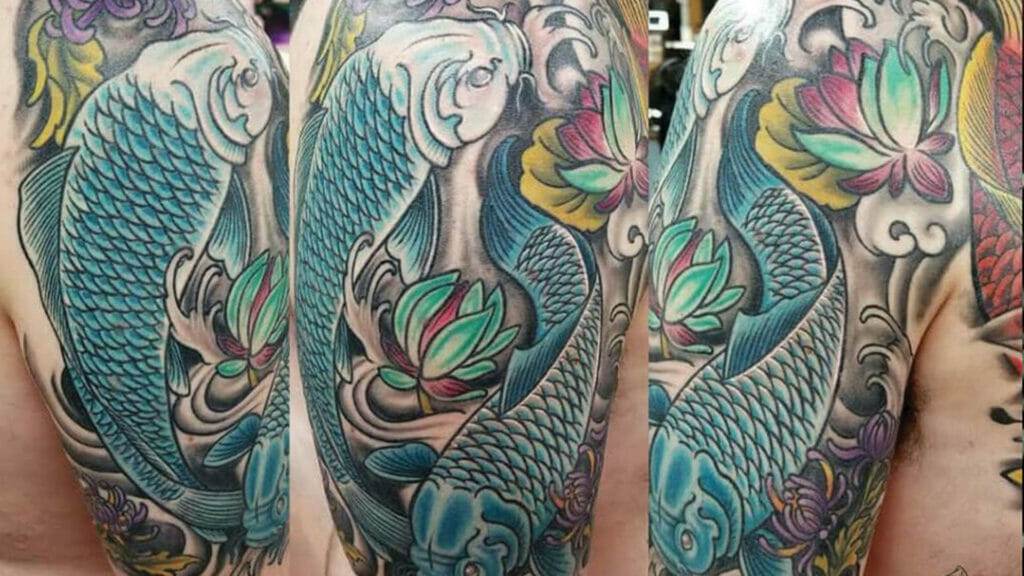
Nature holds great significance in Japanese culture, and this is reflected in Japanese tattoo art. In Japan, nature is seen as a source of inspiration and spiritual connection. Many traditional Japanese tattoo designs feature elements such as cherry blossoms, waves, and mountains to evoke a sense of harmony with the natural world.
The use of natural elements in Japanese tattooing is not limited to traditional designs. Contemporary Japanese tattoo artists often incorporate elements such as flowers, animals, and landscapes into their work to create visually stunning and meaningful tattoos.
The Influence of Japanese Mythology in Tattooing
Japanese mythology has had a profound influence on Japanese culture, including tattooing. Mythological figures such as dragons, phoenixes, and tigers are commonly depicted in Japanese tattoos as symbols of power, protection, and good fortune.
These mythological figures are often portrayed in a dynamic and dramatic manner, with intricate details and bold colors. They are believed to bring strength and courage to the wearer, as well as serve as a reminder of the rich cultural heritage of Japan.
The Significance of Color in Japanese Tattoos
Color plays an important role in Japanese tattooing. Different colors have different meanings and can evoke different emotions. For example, red is often associated with passion, energy, and strength, while black is seen as a symbol of power and authority.
In Japanese tattooing, colors are often used to enhance the overall design and create a sense of depth and dimension. Vibrant colors such as red, orange, and yellow are commonly used to highlight certain elements of the tattoo, while darker colors such as black and blue are used to create contrast and add shading.
The Role of Animals in Japanese Tattooing
Animals hold great significance in Japanese culture and are often depicted in Japanese tattoos. Each animal has its own symbolic meaning and represents different qualities or characteristics.
For example, dragons are seen as symbols of strength and wisdom, while koi fish represent perseverance and determination. Tigers are associated with power and protection, while foxes are believed to possess magical powers and bring good fortune.
The Importance of Placement in Japanese Tattooing
The placement of a tattoo is just as important as the design itself in Japanese tattooing. Different tattoo placements have different meanings and can convey different messages.
For example, a tattoo on the chest is often seen as a symbol of protection and strength, while a tattoo on the back is believed to bring good luck and fortune. Tattoos on the arms or legs are seen as a sign of bravery and courage, while tattoos on the hands or fingers are associated with skill and craftsmanship.

The Cultural Significance of Japanese Tattoos in The Woodlands
Japanese tattooing has gained significant popularity in The Woodlands, a suburb of Houston, Texas. The Woodlands is home to a diverse and multicultural community, and Japanese tattooing has become a way for residents to express their individuality and embrace the beauty and meaning of Japanese culture.
Japanese tattoos are often seen as works of art and are admired for their intricate designs and rich symbolism. Many residents of The Woodlands choose to get Japanese tattoos as a way to honor their heritage or pay homage to the cultural traditions of Japan.
Embracing the Beauty and Meaning of Japanese Tattoos
Japanese tattoos have a long and rich history that is deeply rooted in Japanese culture. They are not just decorative body art, but a form of self-expression and a way to connect with the rich cultural heritage of Japan.
It is important to respect and understand the cultural significance of Japanese tattooing, as well as the meanings behind the symbols and designs. By embracing the beauty and meaning of Japanese tattoos, we can appreciate the artistry and craftsmanship that goes into creating these intricate and meaningful works of art.

